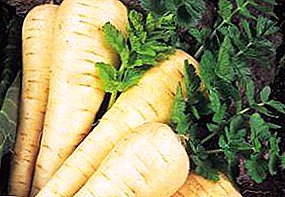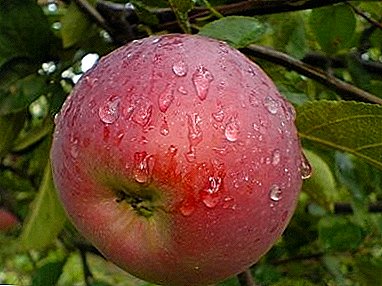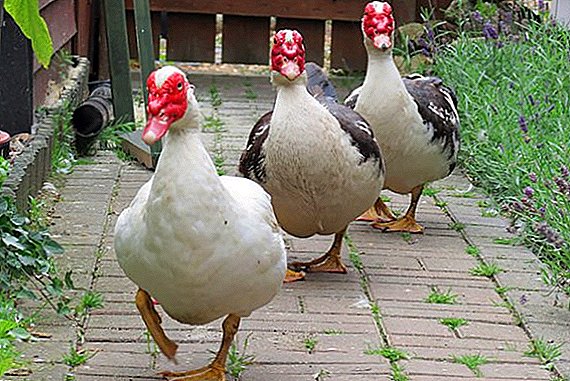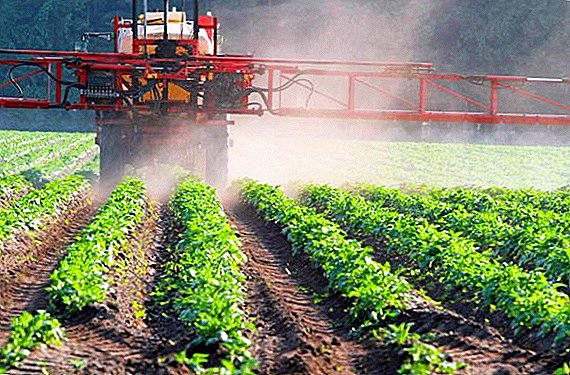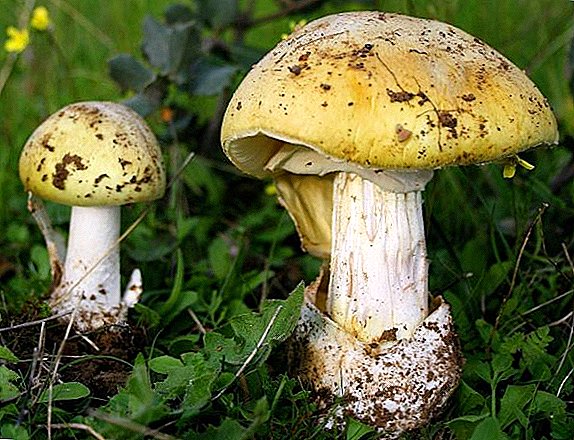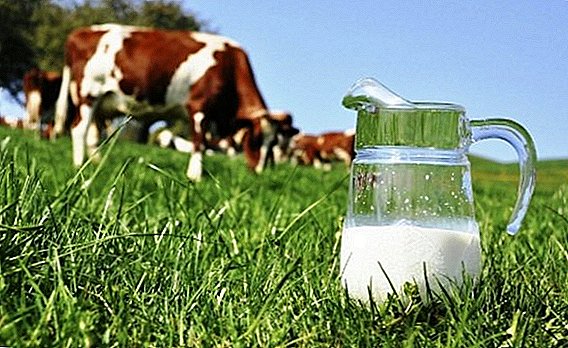 For several millennia of milk consumption, people know for sure that its composition contains proteins, fats, carbohydrates, vitamins, enzymes and mineral salts important for the body. The good quality of this product is the result of the complex and at the same time conscientious work of the farmer. Consider what is the density of this product, how to measure and increase it.
For several millennia of milk consumption, people know for sure that its composition contains proteins, fats, carbohydrates, vitamins, enzymes and mineral salts important for the body. The good quality of this product is the result of the complex and at the same time conscientious work of the farmer. Consider what is the density of this product, how to measure and increase it.
What is and what is measured in the density of milk
This indicator is one of the important physical properties of milk, which determines the naturalness of the milk drink and depends on the fat content. Density is a value that indicates how much its mass at a temperature of +20 ° C is greater than the mass of distilled water at a temperature of +4 ° C in the same volume.  This indicator is measured in g / cm³, kg / m³.
This indicator is measured in g / cm³, kg / m³.
Read about the types of cow's milk, as well as learn how to milk a cow to get high milk yields.
What determines the density
This indicator in cow's milk depends on the following values:
- the amount of salts, proteins and sugar;
- measurement time (calculations should be carried out a couple of hours after milking);
- time and lactation period;
- animal health;
- nutrition - the better the feed, the better the immunity;
- breed of cows - dairy cows give a greater amount of this product, but its fat content is less;
- seasonality - saturation decreases in the cold season, when animals lack mineral substances.
Density of milk: norms, table depending on temperature
The highest milk density is recorded after the birth of a calf. This is determined by natural causes, as in the first days the young are fed colostrum, which contains fat globules, which contain a large amount of useful acids.  The density of the natural product ranges from 1,027-1,033 g / cm ³. If the figure is lower, then the product was diluted, and if it is higher, the fats were removed from it. Consider how the density of milk varies depending on its temperature:
The density of the natural product ranges from 1,027-1,033 g / cm ³. If the figure is lower, then the product was diluted, and if it is higher, the fats were removed from it. Consider how the density of milk varies depending on its temperature:
| Temperature (degrees Celsius - ° C) | |||||||||
| 17 | 18 | 19 | 20 | 21 | 22 | 23 | 24 | 25 | |
| Density (in degrees hydrometer - ° A) | |||||||||
| 24,4 | 24,6 | 24,8 | 25,0 | 25,2 | 25,4 | 25,6 | 25,8 | 26,0 | |
How to determine the density
In industrial plants and laboratories, milk saturation is determined using a lacto-densimeter or a milk hydrometer. For the analysis, a measuring cylinder with a volume of 200 ml is taken, its diameter must be at least 5 cm. The procedure consists of the following manipulations:
- Milk slowly along the walls is poured into the cylinder to 2/3 of its volume.
- After that, a lacto-densimeter is immersed in it (it should float freely).
- The experiment is carried out after a few minutes when the device stops oscillating. Do it on the upper edge of the meniscus with an accuracy of 0.0005, and the temperature - up to 0.5 degrees.
- To confirm these indicators, the device is pumped a little and carried out measurements again. The correct indicator is the arithmetic average of two numbers.
- The experiment should be carried out at a milk temperature of +20 ° C.
 Determination of milk density: 1 — cylinder filling, 2 — immersion of a hydrometer (lacto-densimeter) in a cylinder, 3 — cylinder with a submerged areometer, 4 — temperature reading, 5 — density reading
Determination of milk density: 1 — cylinder filling, 2 — immersion of a hydrometer (lacto-densimeter) in a cylinder, 3 — cylinder with a submerged areometer, 4 — temperature reading, 5 — density reading
Important! If the temperature is higher, then 0.0002 is added to the readings for each extra degree, if lower, then it is taken away.
At home, such a device as a hydrometer is likely to be absent. Consider what to do in this case:
- A small amount of milk drink is poured into a glass of water. A good quality product will sink to the bottom and then dissolve. In another case, it will begin to spread immediately on the surface.
- Mix milk and alcohol in the same ratio. The resulting liquid is poured into the plate. If the product is natural, flakes will begin to appear in it, they will not appear in a diluted state.

How to increase the density
To get a good quality dairy product, you need to know how to increase its density. This is done through the following actions:
- Keep track of animal health.
- Feed them high-quality feed.
- Keep cattle in good conditions.
- Monitor the state of the product from milking to transport to the buyer.
Find out what causes the appearance of milk with blood from a cow.
As we have seen, milk drink is natural only with certain indicators. Watch what you drink and what you give to your children. Do not be lazy to conduct a simple experiment at home, and then from this product you will receive only benefits.



